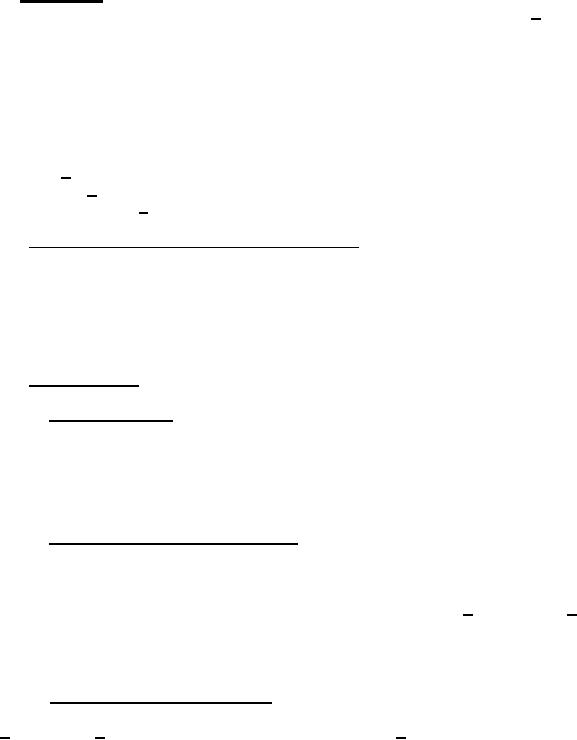 |
|||
|
Page Title:
Fluid resistance of exterior surfaces |
|
||
| ||||||||||
|
|  MIL-T-6396E
4.6.10 Humidity. Samples of the composite construction, the inner liner ply
and the outer ply shall be subjected to a relative humidity of 95 + 2 percent
0
and a minimum temperature of 160 F (71C) for 30 days. The following criteria
shall be used to determine suitability of' the samples following the test:
a. Composite construction - There shall be no corrosion, peeling, cracking
warping, blistering, delamination or discoloration.
Inner liner and outer ply samples allowable change from original properties -
b.
TENSILE + 45 percent
ELONGATION + 30 percent
SHORE A HARDNESS + 15 points
4.6.11 Fluid resistance of exterior surfaces. The test cube shall be placed
in a container sufficiently large to permit immersion to one-half the depth of
the" cube in the applicable test fluid as specified in 4.5.1. The tank shall be
immersed for 72 hours at the ambient temperature. The tank shall then be
removed and examined. The exterior surface of the tank construction shall show
no unsatisfactory swelling, separation, blistering, dissolution, or other
deterioration.
4.6.12 Permeability
4.6.12.1 Test apparatus. The test apparatus shall consist of:
a. A permeability cup and ring constructed as shown on figure 2.
b. A nylon solution to beused for sealing the test disk to the permeability
cup.
4.6.12.2 Preparation of test specimen. The test samples shall be prepared
utilizing a manufacturing method similar to production and shall be given a
cure equivalent to that used in production. Two test samples consisting of the
inner liner and fuel barrier (if required) or the total construction shall be
used. The samples shall be conditioned 24 hours at 73.5F + 5F (23C + 3C) and
a relative humidity of 50-60 percent prior to test. A nylon solution or other
suitable sealing liquid may be applied to the face of the cup flange and sample
edge. The inside or inner liner surface shall be exposed to the fuel.
4.6.12.3 Method of conducting test. Permeability cups, prepared as specified
in0 4.6.12.2, 0shall 0 be placed in a suitable rack in a constant temperature of
0
70 F + 5 F (21 C + 3 C) and relative humidity of 40 + 5 percent. After allowing 1
hour for equilibrium, the cup shall be weighed to the nearest 0.005 gram and
placed in the rack with the face of the cup facing upward. The cup shall be
kept at the above constant temperature for 24 hours, then weighed to check for
seal integrity. If necessary, the bolts shall be retorqued at this weighing
and at subsequent weighings. The cup shall be inverted (test disk down) in a
rack that permits free access of air to the test disk. Cups shall be weighed
at the end of the third, fifth, and eighth day after inverting. Defective
films or leaks caused by faulty assembly will usually be found when making the
weighing on the third day. The diffusion rate calculation shall be made on the
fifth- to the eighth-day period and expressed as fluid ounces per square foot
per 24 hours. The permeability shall be less than 0.025 fluid ounce per square
foot per 24 hours for each sample tested.
18
|
|
Privacy Statement - Press Release - Copyright Information. - Contact Us |